This post may contain affiliate links.
The grapefruit tree (citrus pandisi) in our garden must be ten years old now and it gives us prolific grapefruit every year. This post is about growing grapefruit, caring for a grapefruit tree, types of grapefruit tree, uses for and harvesting grapefruit and as many other grapefruit tree-related facts I can come up with! The grapefruit tree is my favourite of my many fruit trees and other plants that will grow in the tropics, in fact, we now have three, along with half a dozen other citrus trees. All are growing well.
Grapefruit Tree
Grapefruit trees have dark green glossy leaves. They are smaller trees, only reaching a maximum of about 20 feet. They will be bushy, with a diameter of around 10 feet.
Usually, the large round fruit are easy to pick if you keep your tree short by pruning. The weight of the heavy grapefruit will cause them to hang lower too.
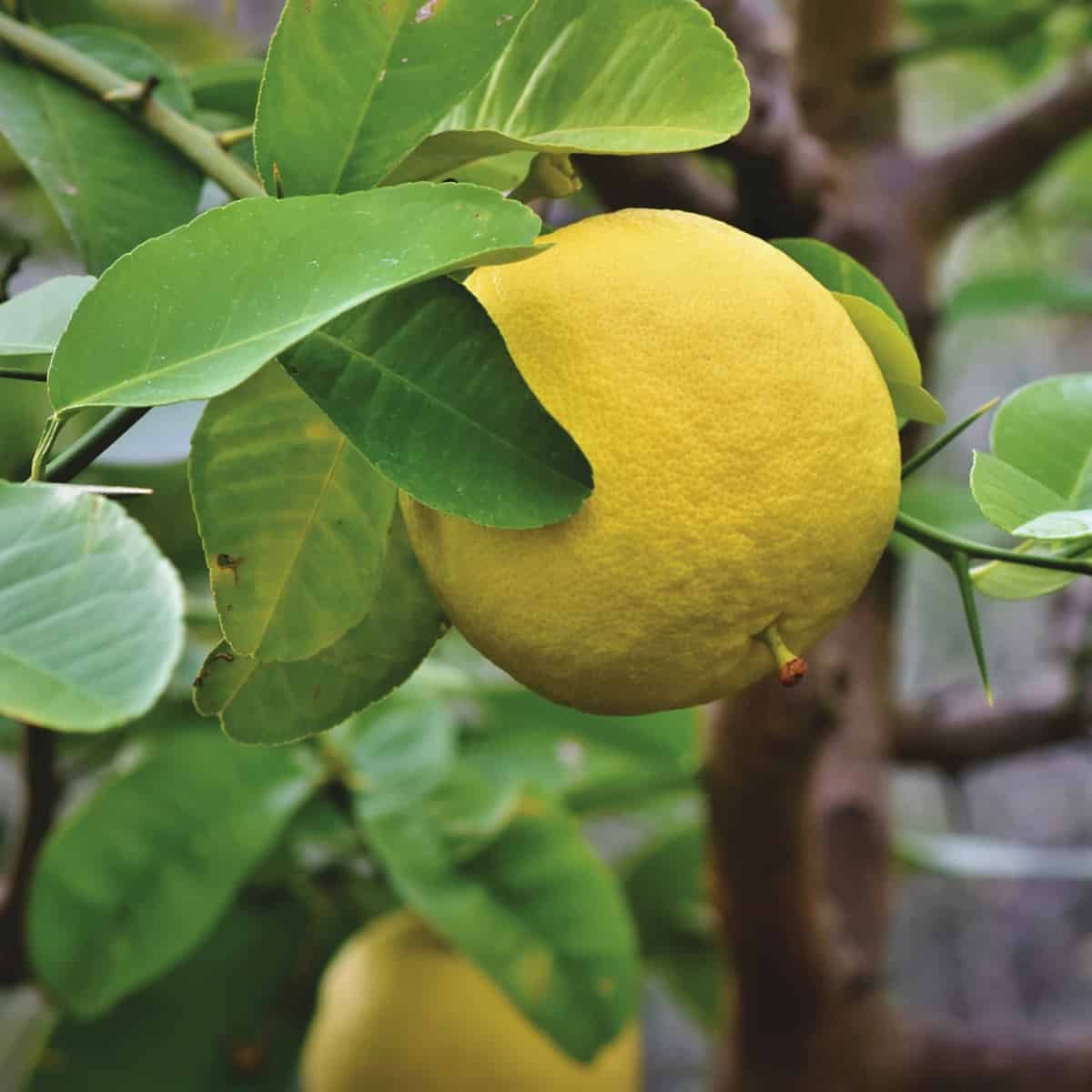
Your ripe grapefruit should be semi sweet, semi sour. The longer you leave grapefruit on the tree the sweeter they become. Variety will affect sweetness or flavour too.
Where Can You Grow a Grapefruit Tree?
We grow our grapefruit trees in the tropics and they do enjoy a warm climate. Subtropical is more their usual habitat. However, warm temperate gardeners can also grow grapefruit trees if they can keep them warm enough through winter. A good thick layer of mulch can help keep the soil warm and a fleece plant blanket could save the day in a cold snap.
Alternatively, you could grow a grapefruit tree in a large pot and bring it indoors or into a high tunnel or greenhouse in winter. It depends how cold your winters are.
If you’re in the US, you’re looking at gardening zones 7 and up usually. Your grapefruit tree will need good sunshine and, of course, well-drained rich loamy soil.
We are in the wet tropics of Australia, our tree is planted on a slope in heavy clay soil. We think the slope is instrumental in allowing free drainage through the torrential summer rains and wet season.
Our new baby grapefruit tree is in a raised bed for the same reason, I wouldn’t plant one anywhere it will sit in a puddle.
Build your soil around the grapefruit tree over time by top-dressing with compost, manure and good quality mulch. You can feed it too, different nutrients will promote leaf growth or flower and fruit production.
When Will Your Grapefruit Tree Fruit?
It’s quite likely that you won’t get any new grapefruit on a young tree for the first 1 to 3 years.
The usual advice is to pinch off any fruit that sets on a young tree to allow it to focus on growing stronger roots and branches in its early years. I don’t know about you, but I can never do that!
The best time to plant a fruit tree is 5 years ago, and grapefruit are no exception.
Grapefruit Tree Leaves
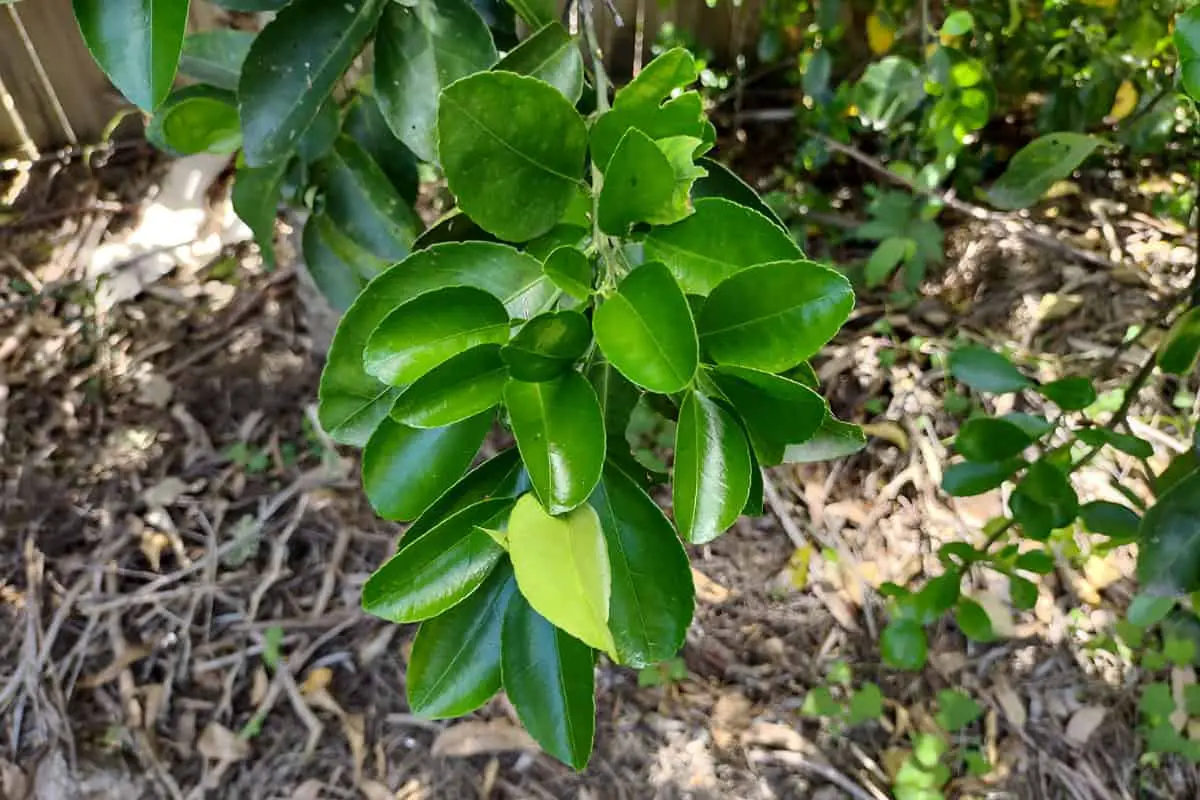
Grapefruit tree leaves are a glossy dark green when they are young and new. They will lose their gloss and become more matt with age. You can see both fresh and old grapefruit leaves in the photo above.
New leaves are produced on our citrus trees in spring and early summer and they are a lighter, brighter green than the mature leaves on the tree.
If your grapefruit tree leaves become pale or yellow this can be a sign of a deficiency of minerals or nutrients, so use a well balanced fertiliser throughout the growing season for glossy dark grapefruit leaves and abundant fruit.
What Does a Graft Line Look Like on a Grapefruit Tree?
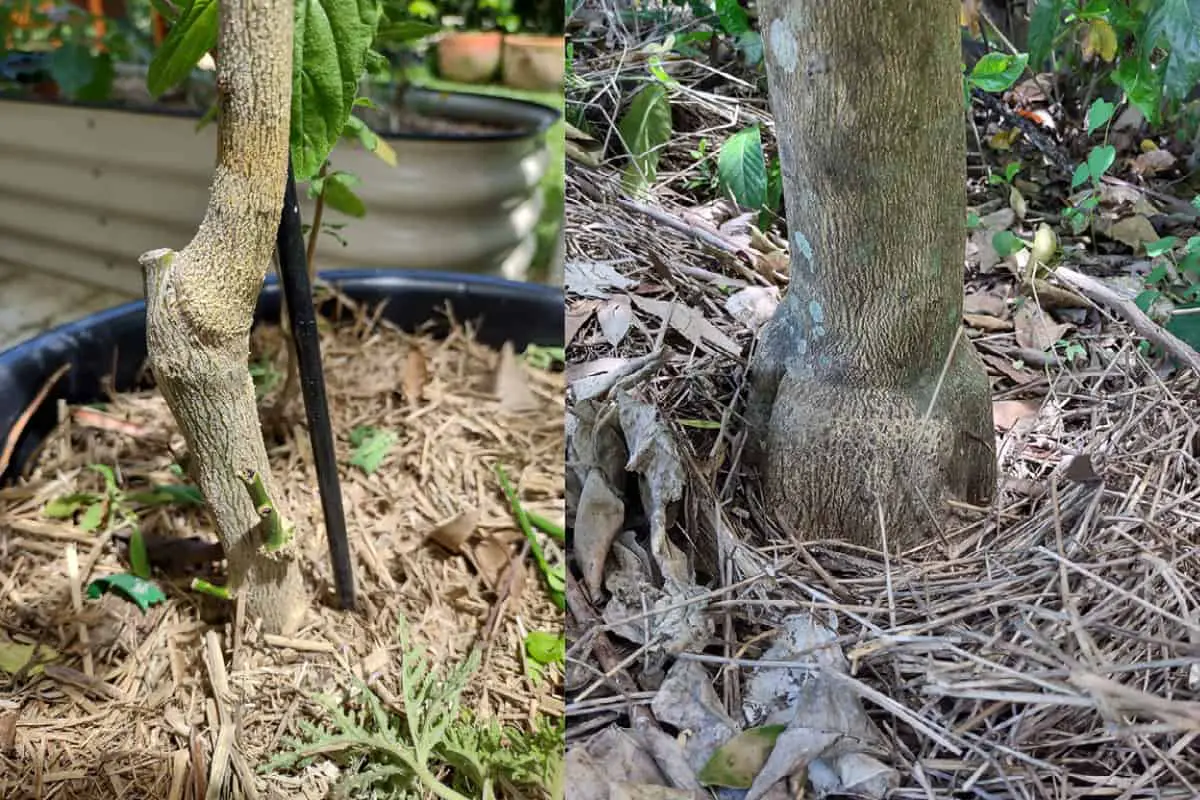
Many citrus trees will have been grafted. This involves grafting your fruit tree onto the rootstock of a variety of citrus with a particularly vigorous root habit.
All of my grapefruit, and all of my citrus trees, were bought as young grafted trees. You can grow them from seed too, but buying a young grafted tree is much quicker.
Citrus are notably easy to graft and it’s even possible to have many types of citrus fruit growing from one citrus tree. To do this just graft young, vigorous shoots onto the main tree.
Suckers and Water Shoots on Grapefruit Trees
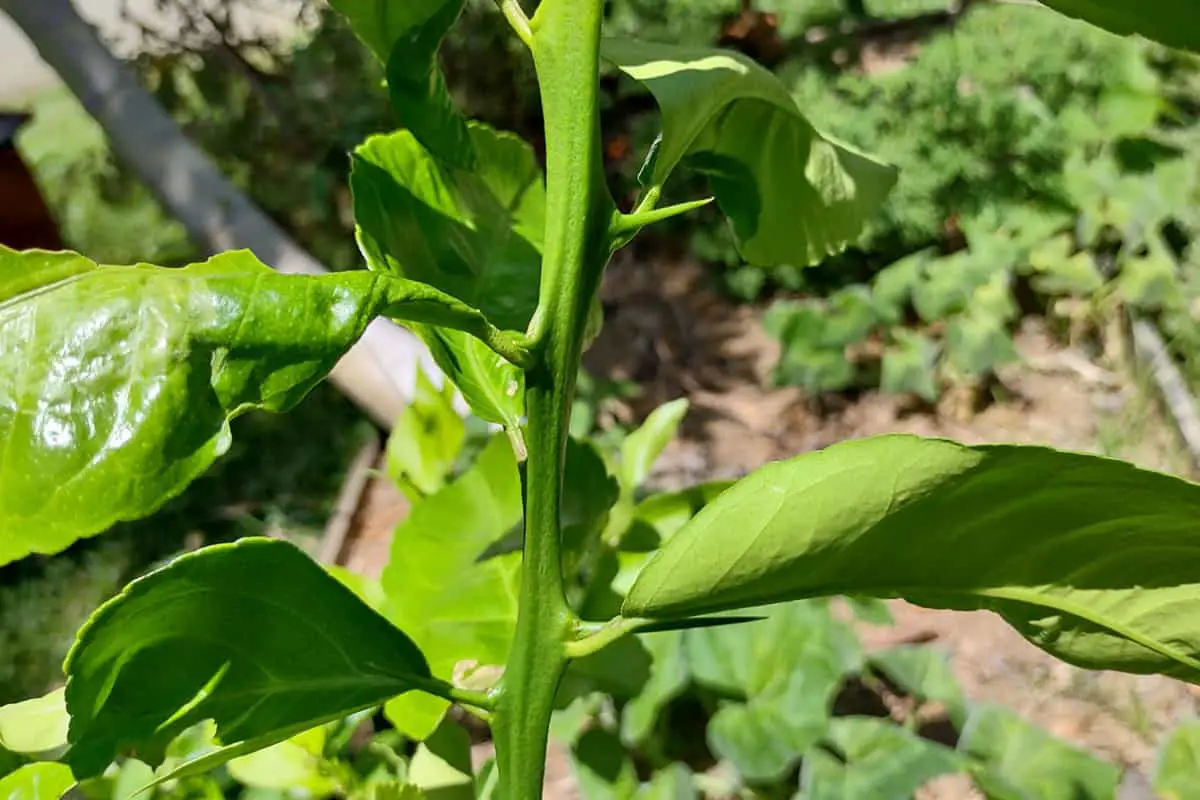
If your grapefruit tree is grafted, and many are, look out for suckers developing from below the graft line. These will be shoots from the rootstock plant, which may not even be a grapefruit.
You can see a few pieces of sucker left on my potted citrus in the photo above. I snapped them off, don’t do this!
You must remove these suckers using a clean, sharp blade. Otherwise, they sap the grapefruit tree’s energy and your crop will suffer.
Also, look out for water suckers. These are strong, vigorous, often vertical branches coming off the grapefruit tree itself. Their stems will be thick, green, and sometimes V shaped. You should be able to recognise them easily as different to the fruiting part of your tree.
They often have sharp thorns whereas most of your grapefruit tree will be thornless.
These water suckers are likely to not bear fruit, so remove them. They can also get very tall. Keep your grapefruit tree low for easier harvesting.
All citrus have a tendency to produce water shoots and suckers. If these are left to grow they can kill your actual citrus tree.
Harvesting Grapefruit
If you are in the northern or southern hemispheres, your grapefruit are likely to be ready to harvest in the autumn (fall). For us here in the tropical southern hemisphere, we start harvesting towards the end of autumn, in April or May and we go on harvesting for weeks, well into the winter months.
We don’t wait for all of the grapefruit to change colour, we find we can pick while they’re still mostly green, just showing a splash of yellow or pink where the sun strikes them, and the juice is good.
Be careful when harvesting grapefruit because some grapefruit trees have long thorns.
If you leave the fruit on the tree longer they will become more and more yellow or pink /red over time. Once they are fully yellow we harvest however many are left and store them inside.
I’m always fearful that ripe fruit will attract birds, bats or other grapefruit-stealing pests. We do not net our citrus trees. (Fruit tree netting is great for birds, bats and some bugs) We’ve never had any issues with fruit fly and grapefruit. Ripe grapefruit will store for quite a few weeks in a cool, dark pantry.
How To Tell if a Grapefruit is Ripe?
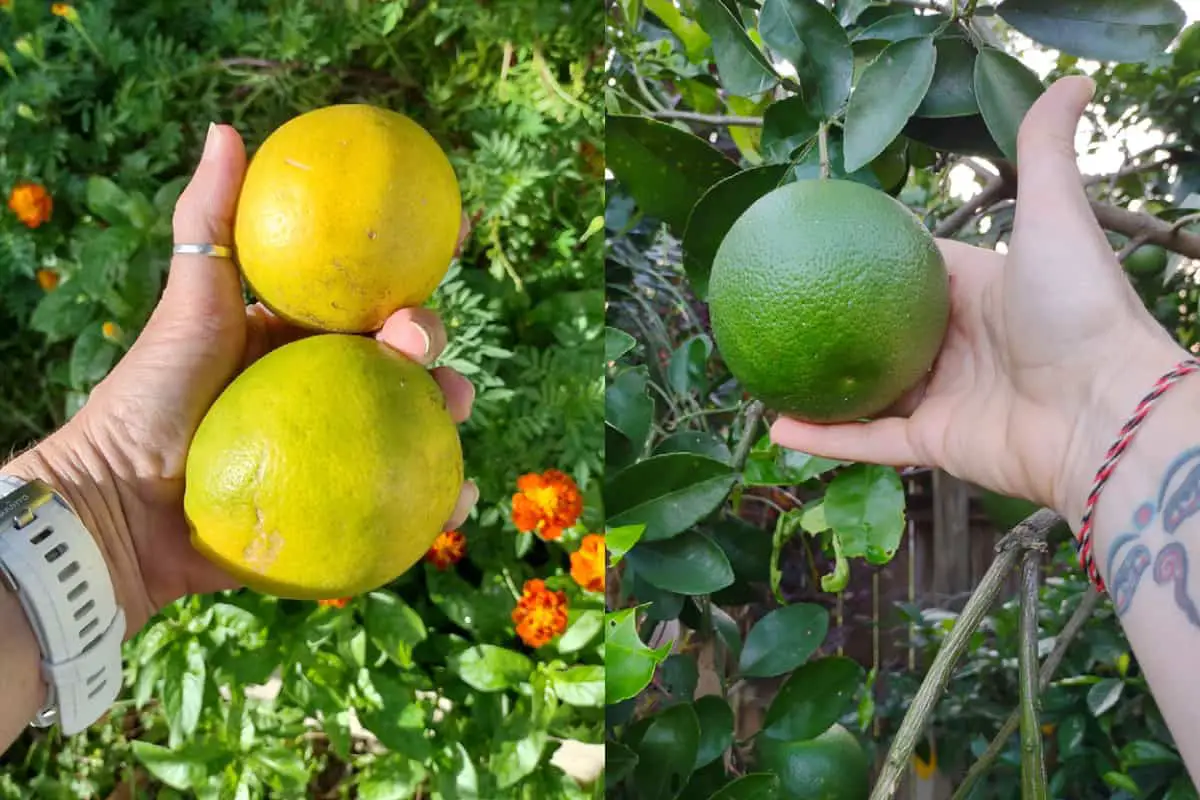
When a grapefruit is at maximum ripeness it will fall from the tree and you can pick them up from the ground. However, we harvest for months before this happens.
If the outside of the grapefruit is still dark green it is likely to be quite sour and unripe. The side of the grapefruit that receives maximum sun will turn light green and then yellow first.
We find that once a grapefruit is showing some yellow, it’s good to eat. The longer you leave the fruit on the tree, the more yellow it becomes. This goes for pink, red, ruby, and yellow grapefruit.
A ripe grapefruit will also be softer than an unripe one and the rind seems thinner.
We just harvest them as we need them until the end of the season, when they all start dropping. Then we gather them in a basket and store them indoors for still weeks more.
When Do Grapefruit Trees Bloom?
Grapefruit trees generally bloom in spring to early summer, usually in March, April or May in the northern hemisphere. In the southern hemisphere here in Australia our grapefruit trees tend to bloom late winter through to spring, August is usually our biggest month for blooms on the grapefruit trees, but this will vary depending on your exact location and the weather in any given year. Warmer weather should make grapefruit trees bloom earlier.
Most grapefruit trees with bloom in their third year, but some types may not bloom for 10 to 15 years. If a very small grapefruit tree blooms and sets fruit its best to trim them off until the tree is much bigger and stronger. This is another very good reason to buy a young grapefruit tree rather than try to grow one from the seeds of a supermarket grapefruit.
Where Do Grapefruit Grow?
Grapefruit grow in Europe, the Americas, parts of Australia and Asia, with South Africa being the world’s biggest exporter of grapefruit. The United States, Mexico, Cuba and Israel also produce a lot of grapefruit commercially.
Grapefruit trees grow in temperatures between 13°C to 38°C. (55F to 100F). Grapefruit can tolerate some frost, but you’ll see better growth and fruit at warmer temperatures. Grapefruit are a part of the traditional Mediterranean Diet.
Why is my grapefruit tree not producing fruit?
It could be, as we mentioned above, that your actual grapefruit tree has been totally replaced with suckers and water shoots. If this is the case, cut them all back and see if your grapefruit tree can survive this. Use our photos above to tell if this is your problem.
You may also have a pollination issue. Have you, your neighbours, or the council been spraying insecticides that would kill bees? If so, stop using them yourself and plant as many flowering, bee-attracting plants as you can, fast.
Did your grapefruit tree flower? If not, it could be the wrong time of year or your tree may be lacking vital nutrients to allow flowering. Use a good quality citrus fertilizer that promotes flowering at the right time of year. Try this one.
There are other possibilities, blossom could have been wiped out by strong winds. A storm or very late frost may have destroyed buds. Which is it? Tell me in the comments.
Caterpillars on Grapefruit Trees
Our grapefruit trees play host to beautiful swallowtail butterfly caterpillars. They eat the leaves but don’t do much damage, so we let them live out their lifecycles.
The caterpillar starts out looking rather like a bird dropping before morphing into a fat green caterpillar which, if you look closely, mimics a green snake.
You can see this in the video below.
If you shake the branch our little caterpillars shoot out a bright red forked “tongue”. They later pupate in the tree and we wait for the butterflies to emerge.
Grasshoppers, all kinds of grasshoppers, small green ones and huge brown ones resembling locusts, also eat grapefruit leaves. We kill them or give them to the chickens for a snack.
The beautiful butterflies, we just enjoy as we do the tiny green tree frogs hiding in the leaves. This is why we never use pesticides, we love most of our wildlife.
Uses of Grapefruit
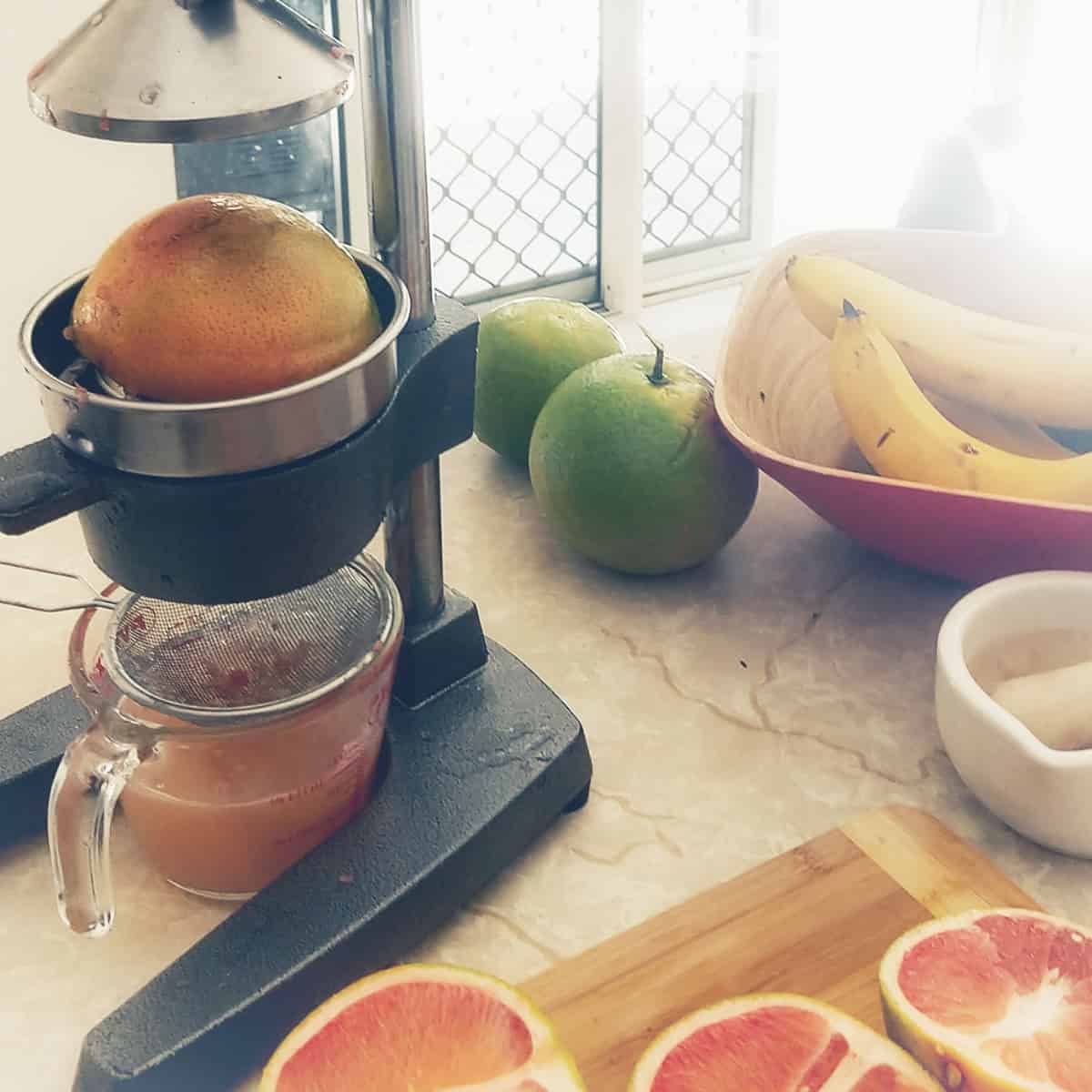
We use most of our grapefruit as juice. We drink it, add it to dressings, or sauces and pour it on pancakes.
To juice grapefruit you need a sturdy, large, grapefruit press. This is the grapefruit press we use and it’s not only extremely functional, but it also looks beautiful in the kitchen. It stands on the kitchen counter or on a tall pantry shelf.
Our grapefruit squeezer is made from cast iron and stainless steel, so should last a lifetime.
- Read How To Freeze Citrus (Includes Grapefruit) For Preserving Your Harvest
- Why You Should Grow Mulberries For Fruit and Leaves
- Growing Payaya, for Sweet Fruit and Green Papaya
Buy the most sturdy device you can, grapefruit are hard to squeeze. You could, of course, make marmalade. Grapefruit marmalade is delicious or just eat your fruit the old-school way with a spoon.

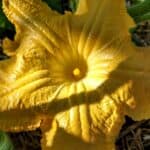
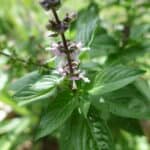



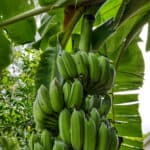

Great information thanks.
My pleasure!
Interesting! I’ll look at this article in more detail again. We have 3 small lemon trees which self seeded from pips Seem quite slow growing but I’m keen to keep them alive
Do they produce fruit yet? It takes much longer to grow them from seed, obviously, but its fun to do. I have limes and mandarins coming from seed in pots.
I got 1 seed from a grapefruit I was eating, it was split with a sprout so I planted it. But it has thorns, it was a ruby red, but is it bad that it has thorns?
Possibly, possibly not. All of my grapefruit trees have SOME thorns, but when you get suckers or water shoots, or suckers from the rootstock, they have huge thorns. We cut those off. I have a tree right now with wicked thorns, I was told it was a lemon, but I’ve seen no flowers yet, the only way to know if it’s grown true to type is to grow it out for a few years, unfortunately. If the ruby grapefruit has hybridized or changed it’s genetic make up, the product may be edible, may be great, may be sour as sour! Give it a go. I have a beautiful ruby flowering right now, I’ll go do a thorn check for you and add a photo.
What is the stock used for lemons? Will growth from the stock plant ever produce fruit?
The rootstock you mean? It varies, I’ve seen it produce fruit, something a bit like a yuzu, very sour and sparse fruit. Trifoliata is the common dwarfing root stock for a lot of citrus and that’s a sour little orange looking thing. I’ve got two citrus trees growing right now, unidentified, have never flowered, looks like grown rootstock or something the previous owners grew from seed. I’ll give it another season to see if it does give us anything, but right now no flowers even, all the other citrus is covered with young fruit and flowers. Thanks for reading, let us know if it does!